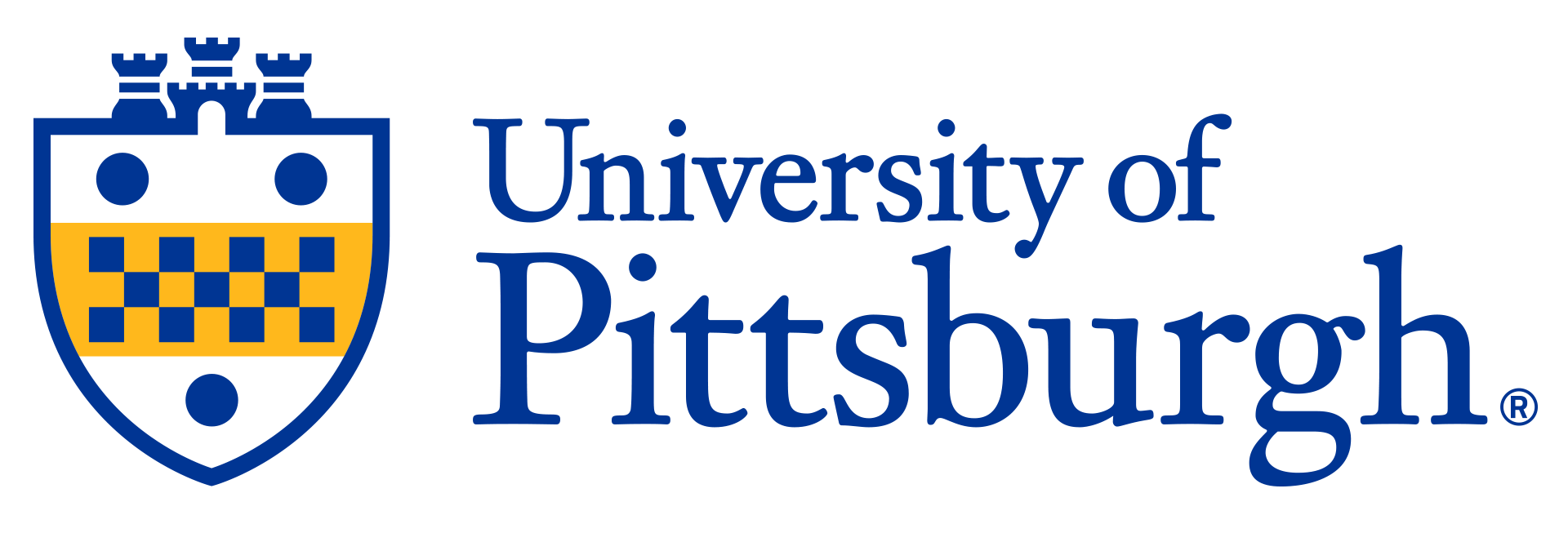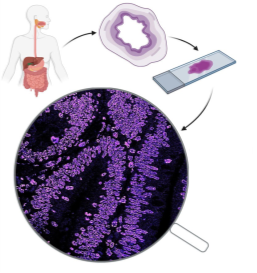

miniSTORM: Compact and Accessible Nanoscopy
University of Pittsburgh researchers have developed miniSTORM: a compact, automated and versatile all-in-one nanoscopy. Containing six major modules, sample labeling, drift stabilization, illumination, detection, system control and computing, along with an automated positioning module, miniSTORM can produce high-quality images with spatial resolution of an order of magnitude better than conventional microscopy. miniSTORM requires less expertise than microscopy and will be a fraction of the price ensuring this state-of-the-art nanoscopy is accessible to even the smallest research groups.

Description
Super-resolution microscopy (i.e., nanoscopy) has been a revolution in the field of microscopy. With spatial resolution in the nanometer scale, it is increasingly used as a tool in biomedical research such as the study of tissue microenvironments. However, costs and the need for expertise can limit access to nanoscopic systems, particularly in small research groups and resource-poor settings. With integrated artifact minimization and embedded nanometer position tracking, miniSTORM could be a low-cost, regular table-top research tool, capable of providing high-quality images for research and clinical use.Applications
• Biomedical research tool• Diagnostic tool in pathology laboratories
Advantages
Current super-resolution microscopy systems often cost over $300,000. In addition, a dedicated room, optical table, and substantial expertise is required to obtain high-quality images. These financial and institutional requirements often mean nanoscopy is beyond the budget of smaller research groups or those in resource-poor settings.miniSTORM aims to overcome these challenges. This first-of-a-kind all-in-one nanoscopy is designed to be compact and positioned on a regular bench top, removing the need for optical tables and dedicated facilities. Additionally, miniSTORM can be operated using minimal expertise and with an estimated cost of <$10,000, becomes much more accessible.
Invention Readiness
A prototype miniSTORM has been developed containing six major modules. An automated sample labelling module is designed to label samples with dyes or other buffers depending on the analysis required which is particularly useful for sequential multiplex imaging and key to miniSTORM’s versatility. Key to high resolution imagery from miniSTORM is the drift stabilization module; using a phasor-based algorithm, drift can be tracked in real time. An illumination module ensures samples are illuminated uniformly and the detection module uses an algorithm to enable state-of-the-art super-resolution. miniSTORM is controlled through a system control and computing module and an automated positioning module controls the 3D position of the biological sample. The device automates the entire nanoscopy process to rapidly deliver super-resolution images.IP Status
https://patents.google.com/patent/WO2022245689A2Related Publication(s)
Ma, H., & Liu, Y. (2023). All-in-one multimodal imaging platform for information-rich spatial biology. In 2023 IEEE Photonics Conference (IPC) (pp. 1–2). 2023 IEEE Photonics Conference (IPC). IEEE. https://doi.org/10.1109/ipc57732.2023.10360522
Ma, H., & Liu, Y. (2020). Super-resolution localization microscopy: Toward high throughput, high quality, and low cost. APL Photonics, 5(6). https://doi.org/10.1063/5.0011731